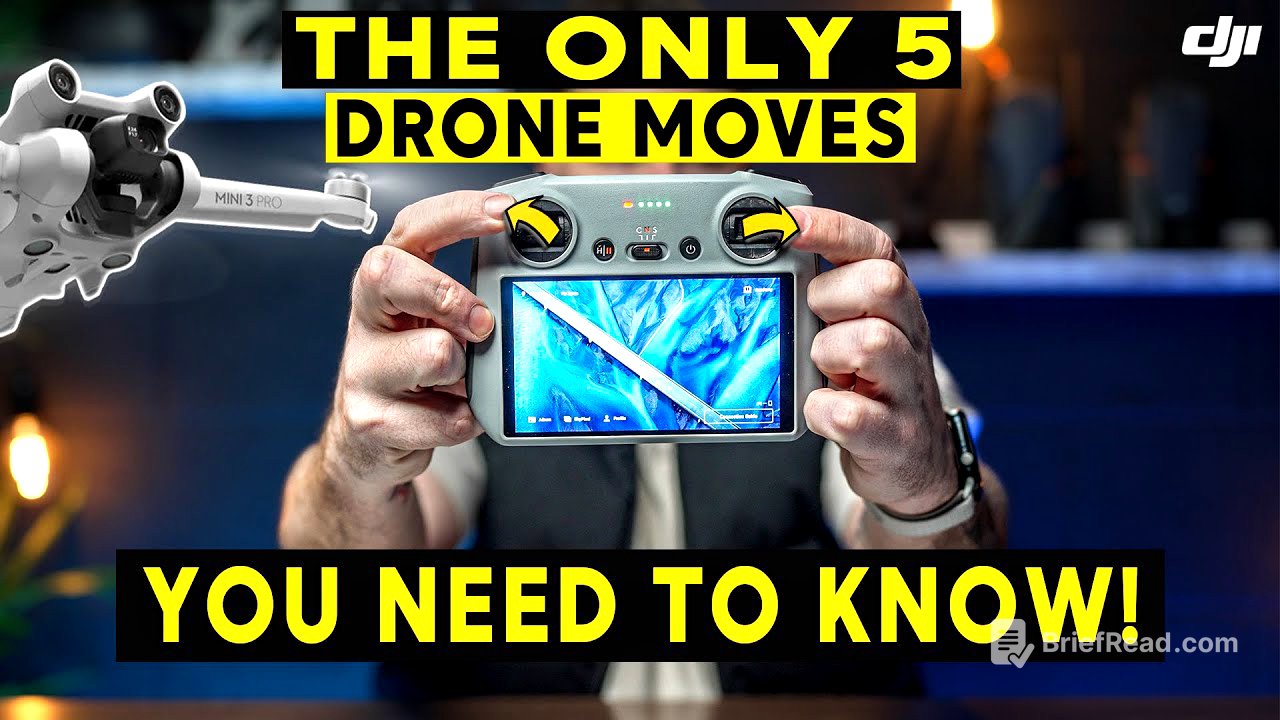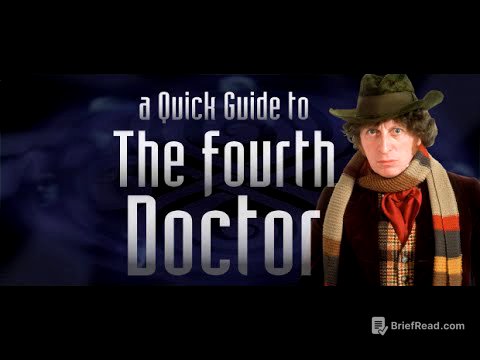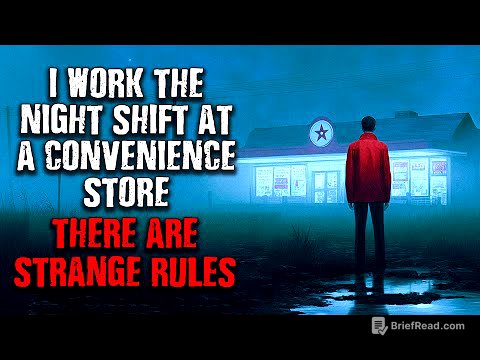TLDR;
This video presents the top five drone moves essential for capturing cinematic footage, applicable across various drones and frequently used in professional productions. It details how to execute each move, emphasizing smooth, controlled motions and the strategic use of gimbal movement. The techniques include the top-down shot, forward shot, sideways/dolly shot, orbit shot, and reveal shot. Additionally, the video highlights the importance of editing drone footage to the beat of music for a professional finish.
- Mastering these five moves will significantly improve the quality of drone footage.
- Smooth, controlled motions and strategic gimbal use are key to achieving cinematic results.
- Editing footage to the beat of music enhances the overall impact and professionalism.
Top-Down Shot [0:22]
The top-down shot involves positioning the drone directly above a subject and recording footage while looking straight down. This shot is effective for establishing a viewpoint, similar to a bird's-eye view. The presenter suggests starting with the drone high up and descending in a continuous, smooth motion, or ascending from a lower point. Slight tilting of the drone to the left or right while ascending can add a dynamic element. This shot is best executed in normal or cine mode to maintain smoothness and a calming effect, showcasing the landscape.
Forward Shot [2:47]
The forward shot is achieved by pushing forward on the right stick, maintaining a consistent line of movement. To enhance this shot, the altitude can be increased or decreased simultaneously with subtle movements on the left stick. It is recommended to keep the drone lower to the ground to highlight focal points and showcase the environment. This shot pairs well with the top-down shot and should be done in cine or normal mode for a calming effect.
Sideways/Dolly Shot [4:55]
The sideways or dolly shot involves focusing on a subject and moving the drone either left or right. This can be done with the gimbal facing straight down, creating a unique perspective, especially over water or landscapes. The key is to maintain a smooth, continuous motion, mimicking a dolly crane. This shot is effective for both establishing landscapes and capturing the movement of elements like waves.
Orbit Shot [6:15]
The orbit shot is an advanced technique where the drone rotates around a subject or showcases a landscape in a circular motion. It requires manual control, setting the right stick diagonally left and the left stick diagonally right for one direction, and the opposite for the other direction, locking the thumbs in place. Subtle gimbal movements can be added to start facing down and move upwards, or vice versa, enhancing the shot's visual appeal. This shot requires practice to master but is highly effective.
Reveal Shot [7:55]
The reveal shot is used to establish a scene by starting with the gimbal facing straight down and then rotating it upwards to reveal the landscape as the drone flies forward. This can also be done in reverse, flying backwards and rotating the gimbal to reveal the scene. The key to a successful reveal shot is a smooth, continuous gimbal movement. Practice is essential to achieve the right pace and avoid jerky motions, ensuring a subtle and cinematic reveal.
Additional Tips [10:42]
Gimbal movement is crucial for enhancing each of the five drone moves, adding an extra layer of dynamism. It's recommended to record each move for about 30 seconds and then select the best five-second segment during editing. Instead of using simple cross dissolves between clips, editing to the beat of a music track can create a more professional and engaging final product. Services like Artlist offer a wide range of music and sound effects to enhance drone footage.









